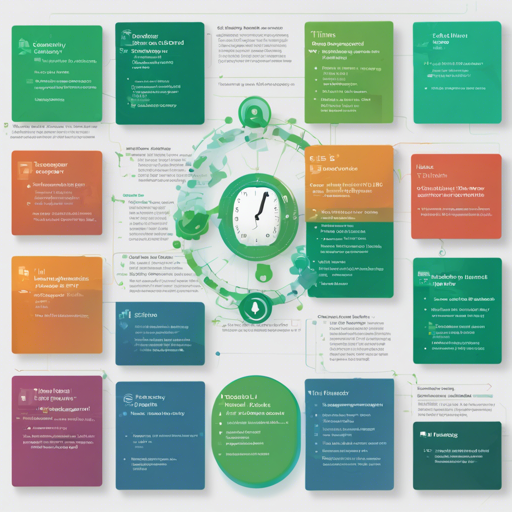TimescaleDB is a fantastic open-source database designed to optimize SQL for time-series data. If you’re feeling overwhelmed by managing large amounts of time-stamped data, don’t worry! This guide will walk you through using TimescaleDB, similar to how an enthusiastic librarian helps patrons find their favorite books among endless shelves.
Understanding TimescaleDB
Imagine TimescaleDB as a special library where each book represents a set of data points collected over time. Instead of having a single massive shelf filled with random books, each topic has its own neatly organized section. TimescaleDB employs a concept called “hypertables,” which partition your data based on explicit criteria, like time or device IDs, creating an easily navigable structure.
Before You Start
To ensure your experience is smooth while working with TimescaleDB, it’s crucial to optimize your PostgreSQL settings. Just like a well-prepped chef needs the right kitchen tools, you should utilize timescaledb-tune or adjust the settings manually for optimal performance.
Creating a Hypertable
To showcase how you can structure data in TimescaleDB, let’s follow these steps:
- Start by enabling the TimescaleDB extension.
- Create a standard SQL table.
- Transform that table into a hypertable, partitioned by time.
Here’s how you can perform these steps:
-- Do not forget to create timescaledb extension
CREATE EXTENSION timescaledb;
-- We start by creating a regular SQL table
CREATE TABLE conditions (
time TIMESTAMPTZ NOT NULL,
location TEXT NOT NULL,
temperature DOUBLE PRECISION NULL,
humidity DOUBLE PRECISION NULL
);
-- Then we convert it into a hypertable that is partitioned by time
SELECT create_hypertable(conditions, time);Inserting and Querying Data
Inserting data into your hypertable is as simple and straightforward as writing a list for the grocery store. With regular SQL commands, you can easily add new entries. Here’s an example:
INSERT INTO conditions(time, location, temperature, humidity)
VALUES (NOW(), 'office', 70.0, 50.0);
SELECT * FROM conditions ORDER BY time DESC LIMIT 100;
SELECT time_bucket(15 minutes, time) AS fifteen_min,
location, COUNT(*),
MAX(temperature) AS max_temp,
MAX(humidity) AS max_hum
FROM conditions
WHERE time > NOW() - interval '3 hours'
GROUP BY fifteen_min, location
ORDER BY fifteen_min DESC, max_temp DESC;Installation
If you’d like to skip managing your own TimescaleDB instance, think about leveraging the cloud. With Timescale, a fully managed solution, you can create a PostgreSQL database with TimescaleDB pre-installed without the administrative overhead.
Alternatively, if you choose to set up your own TimescaleDB locally, it is available for various platforms including Linux, Windows, and Docker. For detailed installation instructions, refer to the Install TimescaleDB documentation.
Troubleshooting
If you encounter issues during setup or usage, there are several resources to assist you:
- Check the GitHub Issues page for common problems.
- For personal assistance, consider engaging with the Slack Channel or reach out through the Timescale Support options.
For more insights, updates, or to collaborate on AI development projects, stay connected with fxis.ai.
Final Thoughts
At fxis.ai, we believe that such advancements are crucial for the future of AI, as they enable more comprehensive and effective solutions. Our team is continually exploring new methodologies to push the envelope in artificial intelligence, ensuring that our clients benefit from the latest technological innovations.

